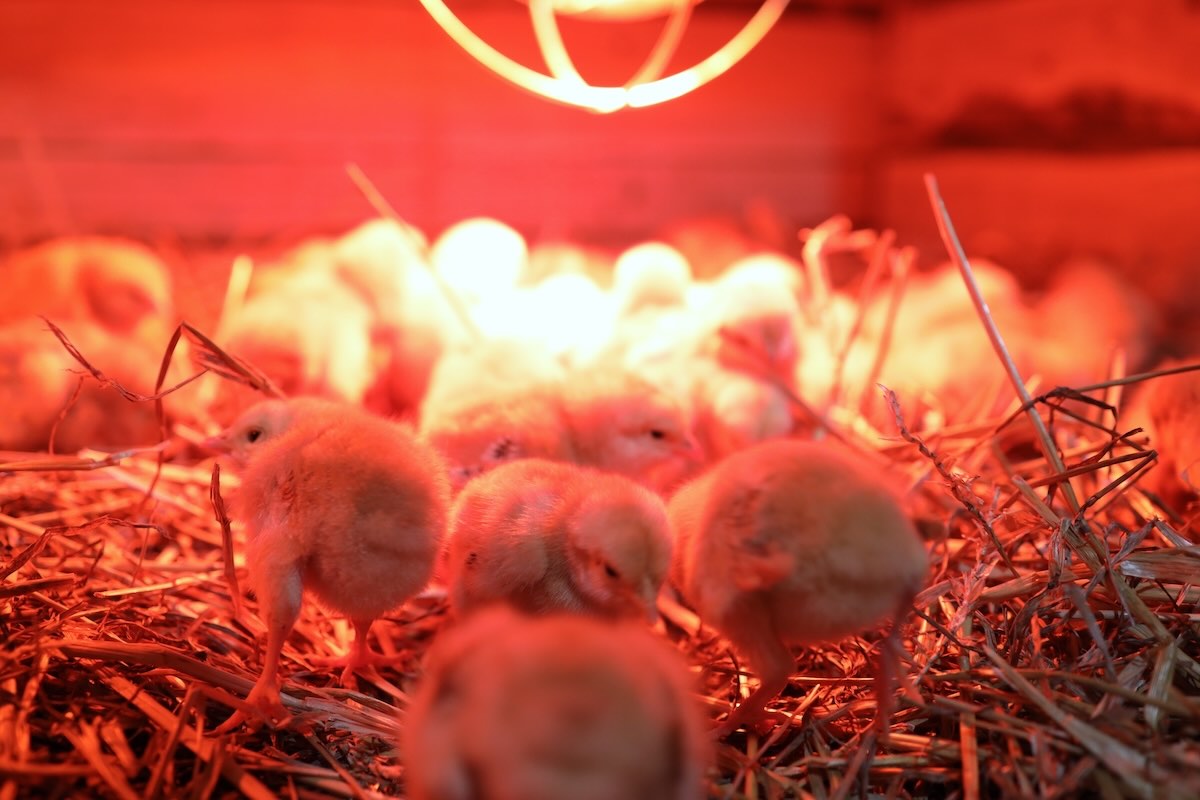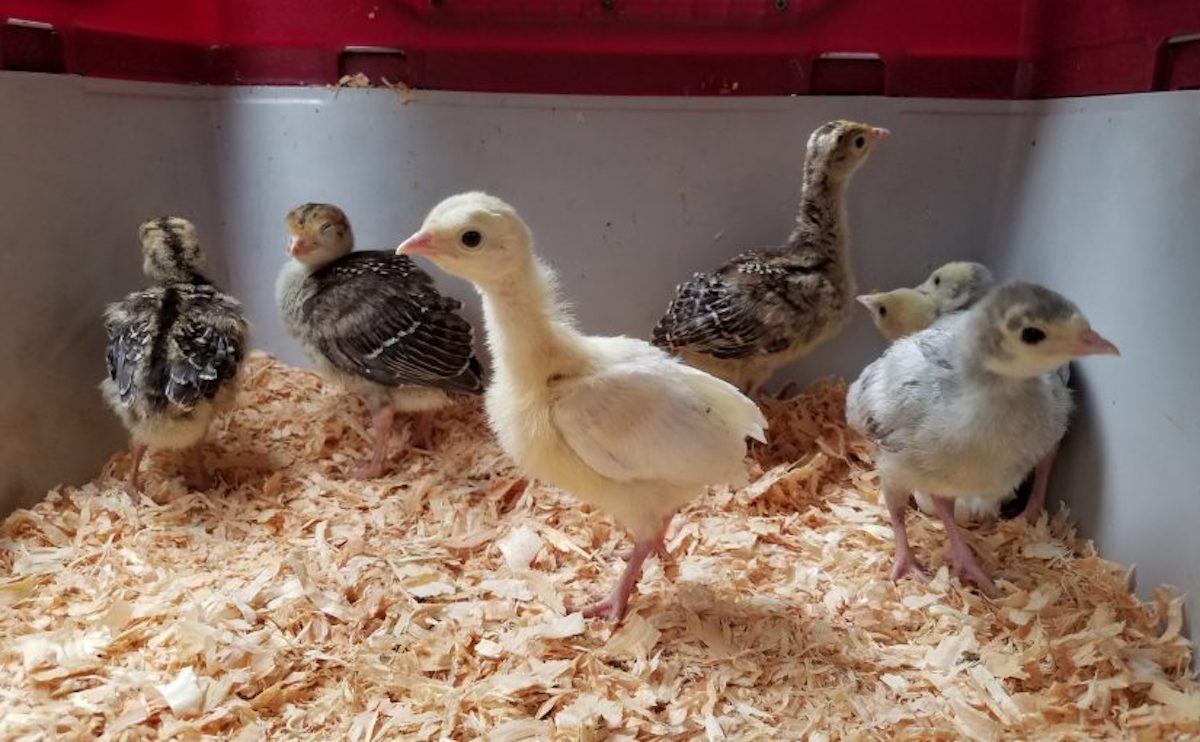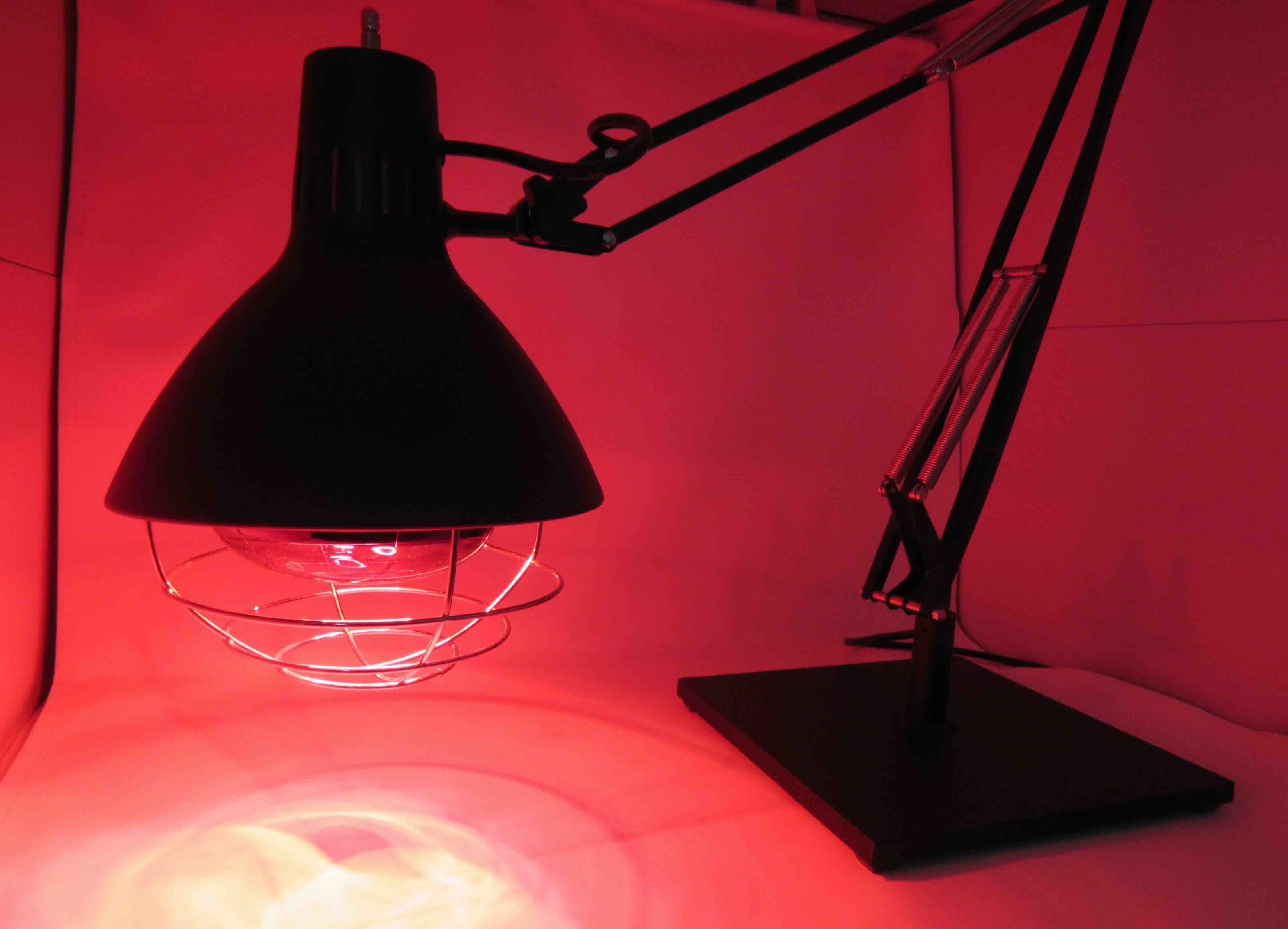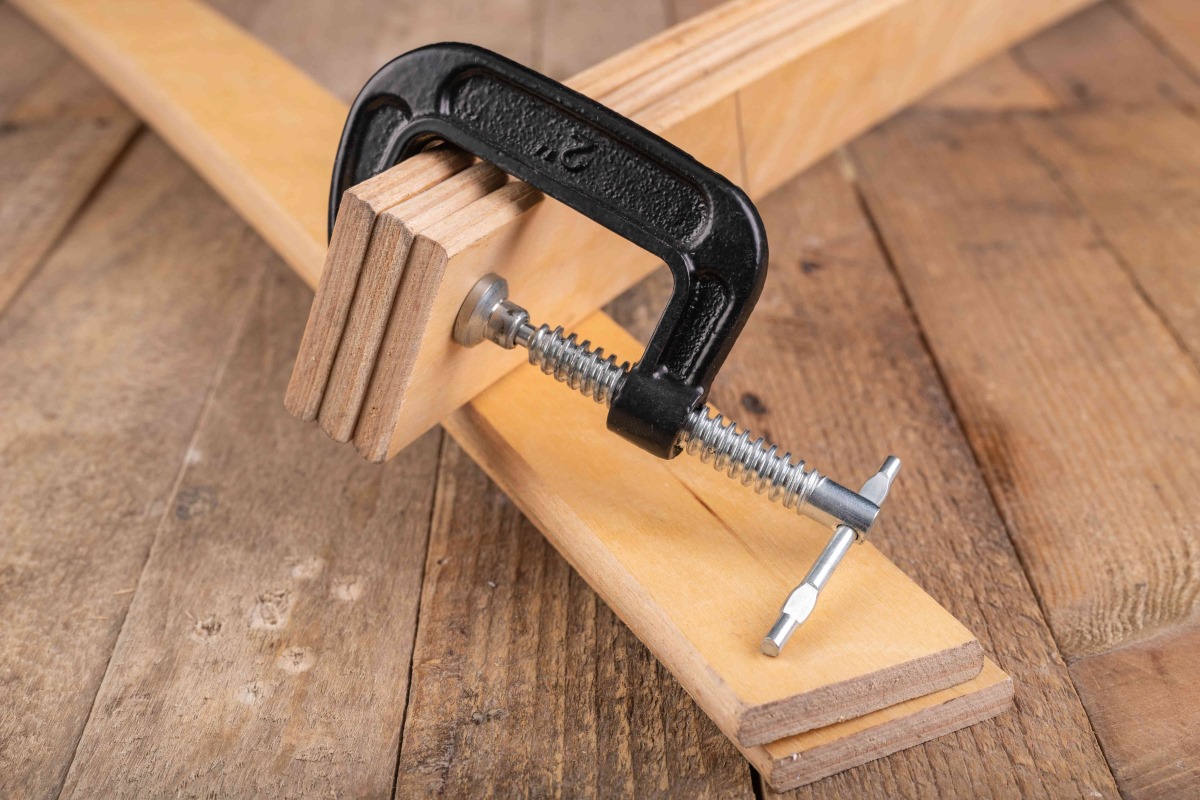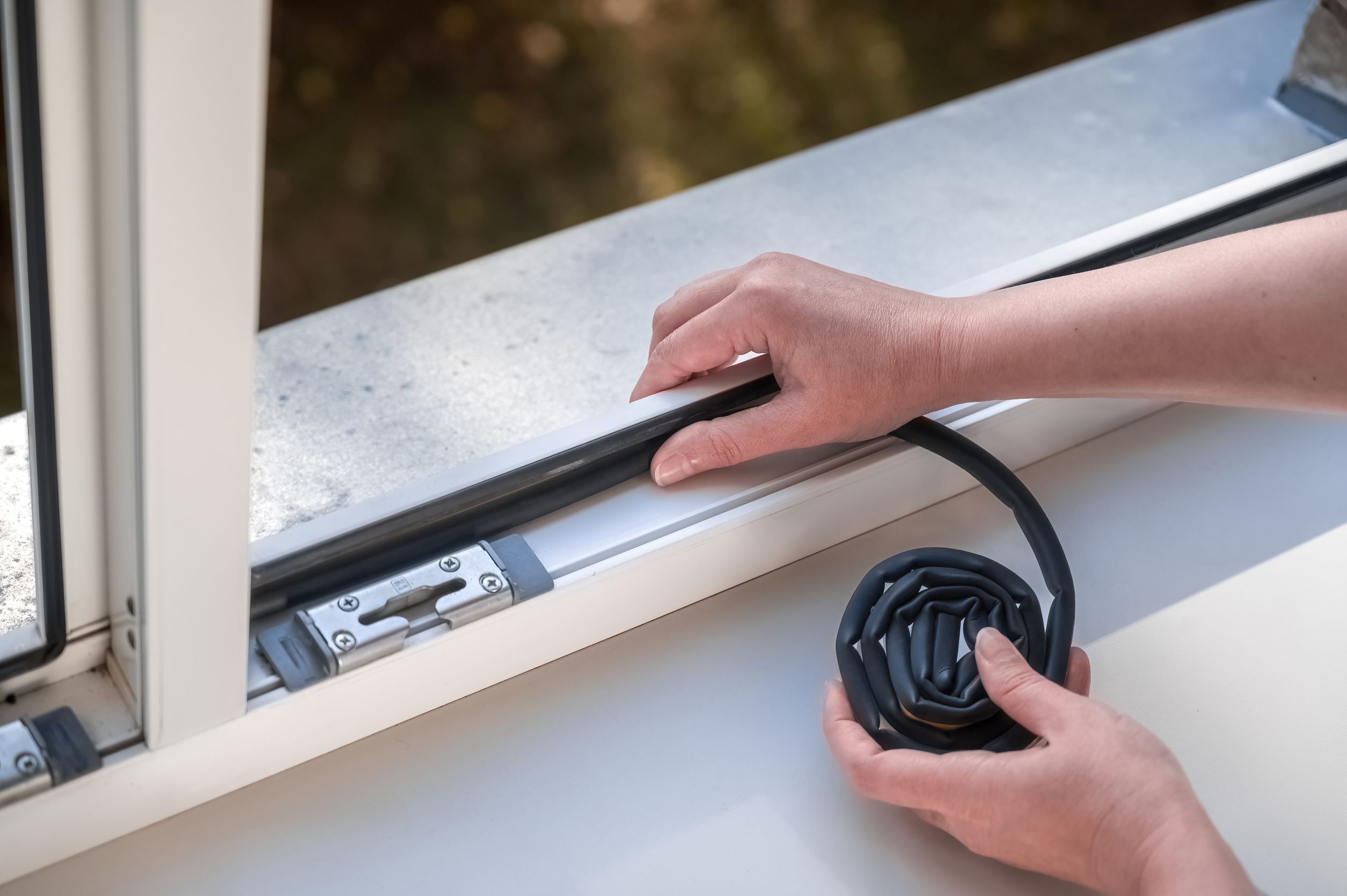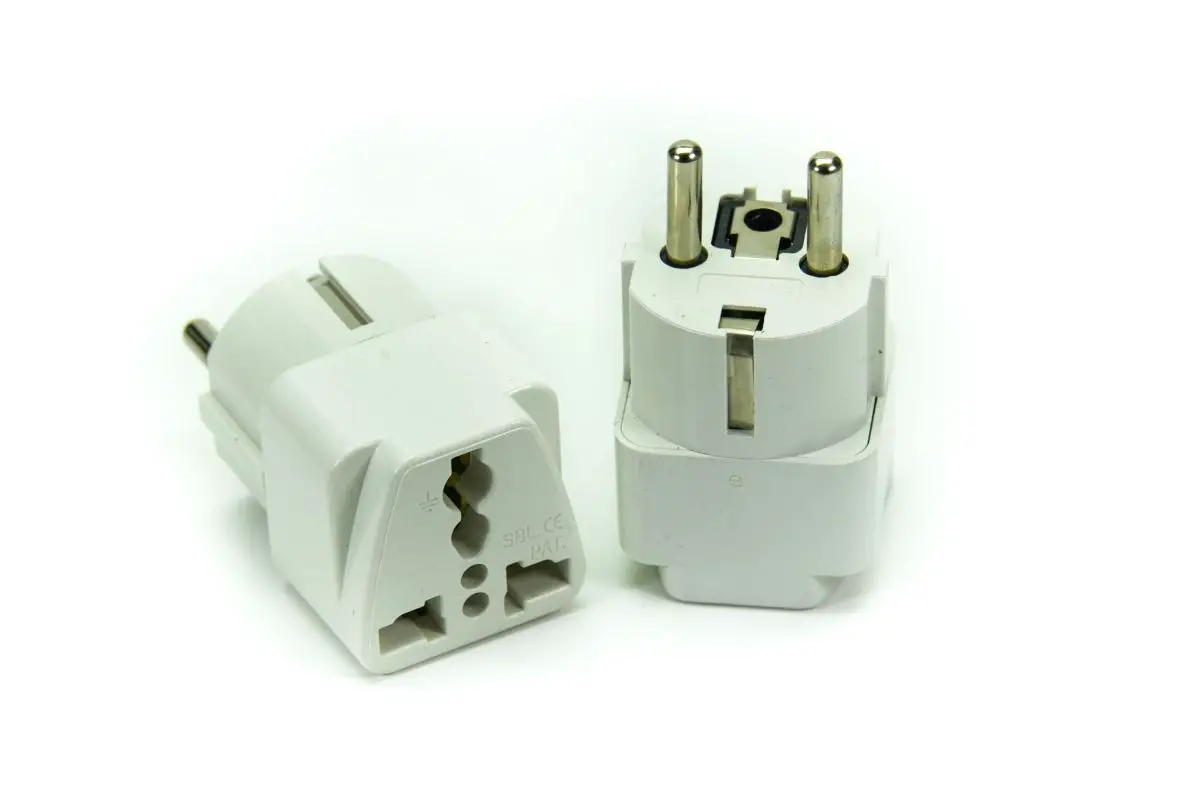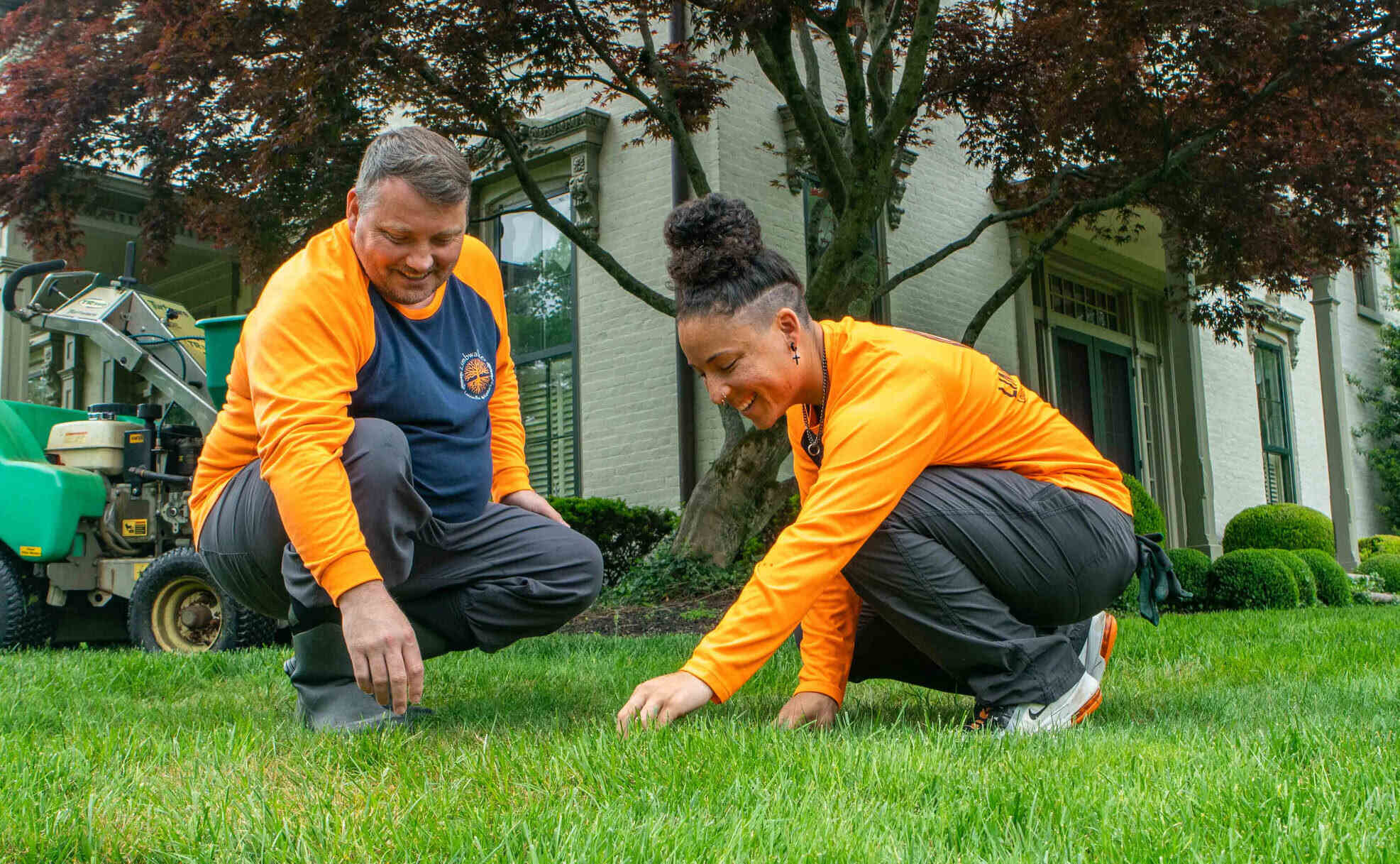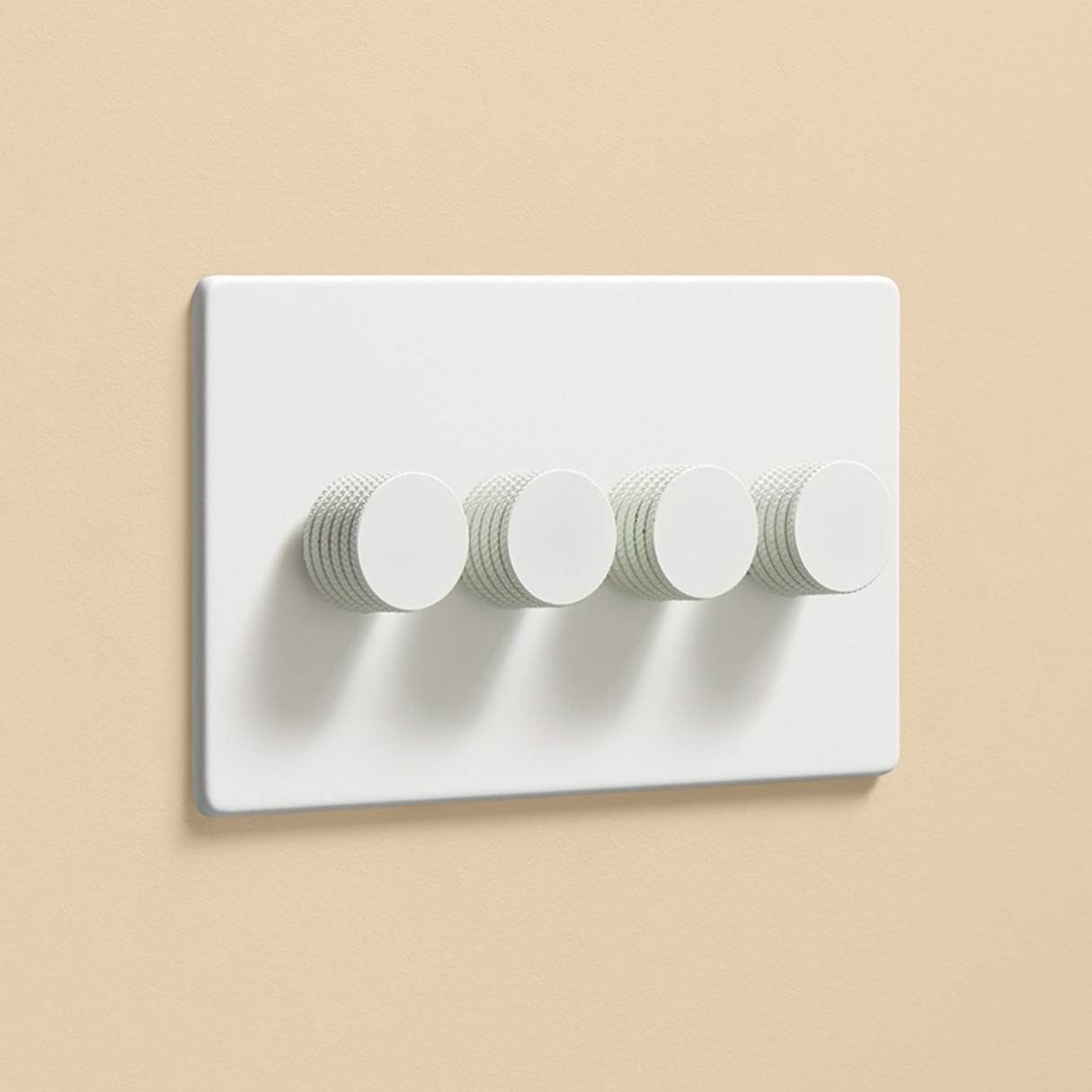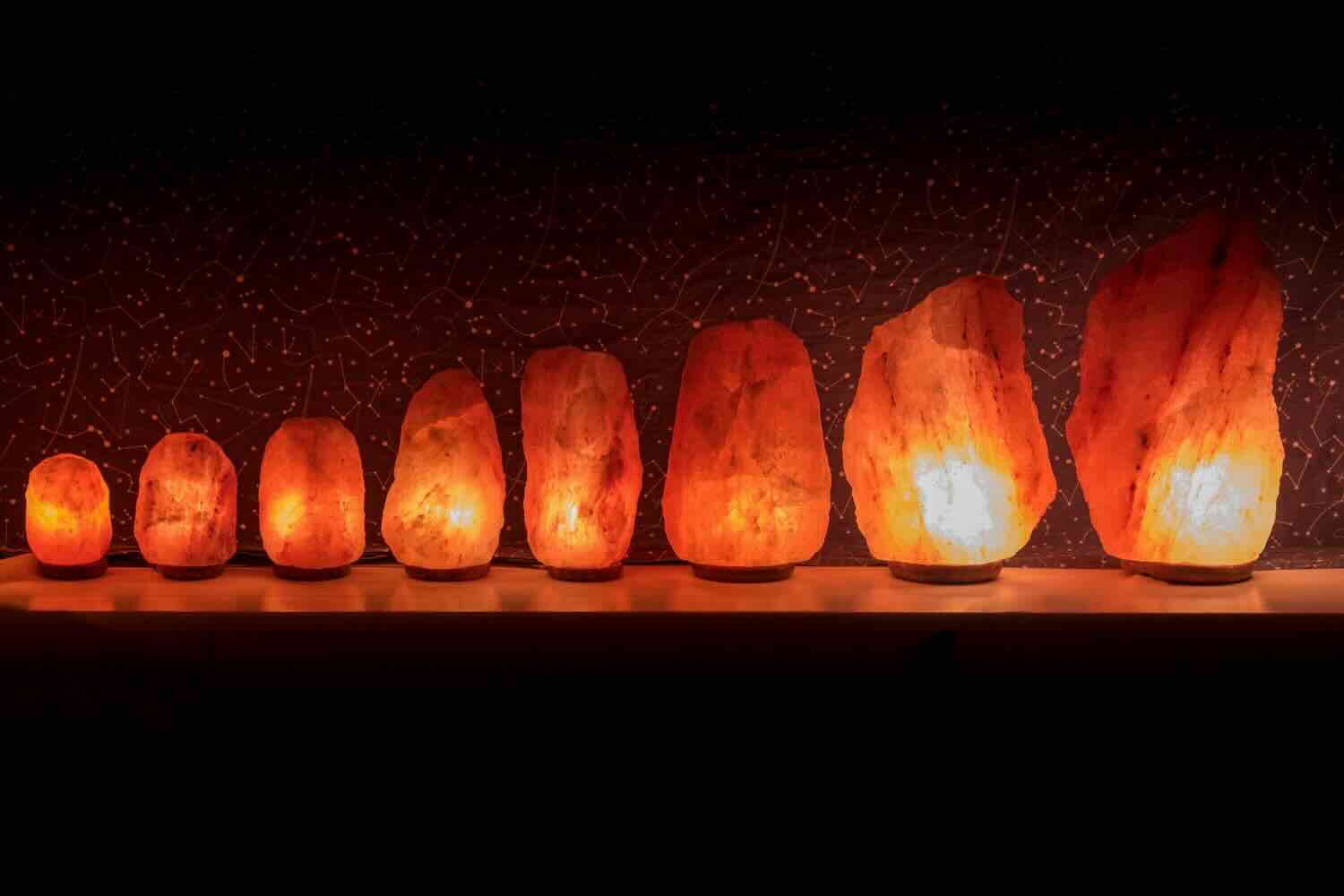

Furniture
What Kind Of Heat Lamp Do Hedgehogs Need
Modified: January 3, 2024
Discover the perfect heat lamp for hedgehogs and ensure their comfort with the right furniture. Find out what kind of heat lamp is best for your hedgehog's needs.
(Many of the links in this article redirect to a specific reviewed product. Your purchase of these products through affiliate links helps to generate commission for Storables.com, at no extra cost. Learn more)
Introduction
Welcome to the world of hedgehog care! If you’re a proud owner or soon-to-be owner of a hedgehog, you probably already know that these adorable creatures require special care to thrive. One crucial aspect of hedgehog care is providing them with the right environment, including proper heating. Heat lamps are an essential component of a hedgehog’s habitat, ensuring they can maintain their body temperature at the optimal level. In this article, we will explore the importance of heat lamps for hedgehogs and provide valuable information on selecting the right one.
Hedgehogs are native to climates where the temperature is warmer than a typical home environment. As exotic pets, they rely on their owners to recreate this ideal temperature range, which is typically between 70-80 degrees Fahrenheit (21-27 degrees Celsius). Maintaining this temperature is vital for their overall health and well-being.
Heat lamps play a vital role in creating a warm and comfortable habitat for your hedgehog. They provide a constant source of radiant heat, mimicking the heat they would naturally receive from the sun. This is especially important for hedgehogs, as they are nocturnal creatures that require warmth throughout the day and night.
The right heat lamp can help regulate your hedgehog’s body temperature, preventing them from becoming too hot or too cold. This is essential as hedgehogs cannot regulate their body temperature like other animals. Without the proper temperature, they can experience stress, reduced activity levels, and potentially develop health issues.
Not all heat lamps are created equal, and selecting the right one for your hedgehog is crucial. The next section will delve into the different types of heat lamps suitable for hedgehogs and what factors you should consider before making a purchase.
Key Takeaways:
- Hedgehogs require heat lamps to regulate their body temperature, mimicking their natural habitat. Choosing the right type and wattage is crucial for their well-being and comfort.
- Safety is paramount when using heat lamps for hedgehogs. Prioritize built-in safety features, proper placement, and regular monitoring to ensure a cozy and hazard-free environment.
Read more: At What Temp Do Rabbits Need A Heat Lamp
Importance of Heat Lamps for Hedgehogs
Heat lamps are essential for hedgehogs because they help regulate their body temperature, ensuring they stay warm and comfortable. Hedgehogs are native to warmer climates, so maintaining the right temperature in their habitat is crucial for their well-being.
One of the main reasons heat lamps are important for hedgehogs is because they are unable to regulate their body temperature like humans or other animals. Unlike mammals with sweat glands, hedgehogs rely on external sources of heat to stay warm. Without access to a suitable heat source, they can become too cold, leading to health issues such as hibernation attempts or respiratory problems.
In their natural habitat, hedgehogs would typically bask in the sun to absorb warmth. However, as domesticated pets, they require artificial heat sources to create a similar environment. Heat lamps replicate the natural sunlight, providing a constant source of radiant heat that helps maintain their body temperature within an optimal range.
The importance of heat lamps becomes even more apparent during colder seasons or in homes with fluctuating temperatures. If hedgehogs are exposed to low temperatures for prolonged periods, they can experience stress and reduced activity levels. They may go into a state of torpor or hibernation, which can be dangerous for their overall health and survival.
Furthermore, hedgehogs are nocturnal creatures, meaning they are active at night. Since temperatures tend to drop during the night, having a heat lamp in their habitat is crucial for them to remain warm and comfortable. It helps promote their natural behaviors, ensuring they stay active and have a healthy appetite.
Overall, heat lamps are important for hedgehogs because they provide the necessary warmth and regulate their body temperature. By maintaining a suitable temperature range, you can help prevent health issues and ensure your hedgehog lives a happy and comfortable life.
Types of Heat Lamps Suitable for Hedgehogs
When it comes to selecting a heat lamp for your hedgehog, there are a few different options to consider. The type of heat lamp you choose will depend on various factors such as the size of your hedgehog’s enclosure, the heating requirements, and personal preference. Let’s explore some of the most common types of heat lamps suitable for hedgehogs:
- Ceramic heat emitters: Ceramic heat emitters (CHE) are a popular choice among hedgehog owners. These bulbs emit infrared heat, which is essential for heating the hedgehog’s habitat. The advantage of using ceramic heat emitters is that they do not emit light, making them ideal for hedgehogs who are sensitive to bright lights. They are also long-lasting and energy-efficient.
- Infrared heat bulbs: Infrared heat bulbs are another viable option for hedgehog heat lamps. These bulbs emit infrared heat, which provides a warm and comfortable environment for your hedgehog. However, it’s important to note that infrared bulbs also emit light. While this may not be an issue for some hedgehogs, others may be sensitive to bright lights, affecting their natural sleep patterns. If using an infrared bulb, it’s recommended to choose a lower wattage bulb to minimize the light intensity.
- Heat mats: Heat mats are an alternative option for providing heat to your hedgehog’s enclosure. These mats are placed underneath the enclosure and emit heat upwards. While they can help maintain the temperature, they may not provide the same level of radiant heat as a heat lamp. It’s recommended to use heat mats in combination with a heat lamp to ensure adequate warmth throughout the habitat.
- Combination setups: Some hedgehog owners opt for a combination setup, using both a ceramic heat emitter and an infrared heat bulb. This allows them to provide a balanced heating solution, utilizing the benefits of both types of heat lamps. It provides a suitable temperature gradient within the enclosure, giving hedgehogs the option to choose their preferred heat source.
When selecting a heat lamp for your hedgehog, ensure that the lamp is specifically designed for reptiles or small animals, as these lamps are equipped with the necessary safety features. Additionally, choose a lamp that is compatible with your hedgehog’s enclosure size and offers easy installation and temperature control.
Remember, the primary goal is to provide a warm and comfortable environment for your hedgehog. With the right heat lamp, you can replicate their natural habitat and help them thrive in captivity.
Factors to Consider When Choosing a Heat Lamp
Choosing the right heat lamp for your hedgehog is crucial to ensure their safety and well-being. Here are some important factors to consider when selecting a heat lamp:
- Safety: The safety of your hedgehog should be your top priority. Look for heat lamps that are specifically designed for reptiles or small animals. These lamps usually have built-in safety features such as guards to prevent contact with the heating element, as hedgehogs are known to be curious creatures that can accidentally touch the bulb. Additionally, make sure the heat lamp is made from durable materials that can withstand the heat output without posing a risk of burning or melting.
- Size of the enclosure: Consider the size of your hedgehog’s enclosure when selecting a heat lamp. Larger enclosures may require a higher wattage bulb or multiple heat sources to adequately heat the entire space. Smaller enclosures, on the other hand, may only require a lower wattage bulb. It’s important to find the right balance to ensure the entire enclosure is heated evenly.
- Temperature control: Look for heat lamps that offer temperature control options. Adjustable heat lamps allow you to regulate the temperature within the enclosure, ensuring it stays within the optimal range for your hedgehog. This is particularly important as the temperature requirements can vary depending on factors such as the ambient room temperature and the specific needs of your hedgehog.
- Energy efficiency: Consider the energy efficiency of the heat lamp. Look for lamps that are energy-efficient and will not cause a significant increase in your electricity bill. LED heat lamps are a good option as they consume less energy and have a longer lifespan compared to traditional bulbs.
- Compatibility: Ensure that the heat lamp is compatible with the type of enclosure you have for your hedgehog. Some lamps are designed to be mounted on top of the enclosure, while others can be attached to the side. Consider the setup of your hedgehog’s habitat and choose a lamp that can be easily installed and positioned correctly.
- Maintenance: Consider the maintenance requirements of the heat lamp. Some lamps may require frequent bulb replacements or cleaning, while others are low-maintenance. Choose a lamp that fits your preferences and lifestyle to ensure you can provide consistent and hassle-free heating for your hedgehog.
By considering these factors, you can make an informed decision when selecting a heat lamp for your hedgehog. Remember to prioritize their safety and comfort, and always monitor the temperature regularly to ensure it remains within the appropriate range for your hedgehog’s well-being.
Recommended Wattage for Hedgehog Heat Lamps
The recommended wattage for hedgehog heat lamps depends on various factors such as the size of the enclosure, ambient room temperature, and the specific heat requirements of your hedgehog. The goal is to maintain a consistent temperature range of 70-80 degrees Fahrenheit (21-27 degrees Celsius) within the habitat. Here are some guidelines to help you determine the appropriate wattage for your hedgehog’s heat lamp:
- Enclosure size: Consider the size of your hedgehog’s enclosure when determining the wattage. Larger enclosures will require a higher wattage bulb to adequately heat the entire space, while smaller enclosures may only need a lower wattage bulb. A general rule of thumb is to provide approximately 2-5 watts per gallon of enclosure size.
- Ambient room temperature: Take into account the temperature of the room where the enclosure is located. If the room tends to be cooler, you may need a higher wattage bulb to compensate for heat loss. Conversely, if the room is generally warmer, you may be able to use a lower wattage bulb.
- Heat lamp type: Different types of heat lamps have varying heat output. Ceramic heat emitters tend to have higher wattages, while infrared bulbs may have lower wattages. Refer to the manufacturer’s instructions and recommendations for the specific heat lamp you choose.
- Temperature control: Opt for a heat lamp with adjustable temperature control, if possible. This allows you to fine-tune the heat output and maintain a consistent temperature range within the enclosure. Hedgehogs may have individual preferences, so having the ability to adjust the wattage can help meet their specific needs.
As a general starting point, a 50-75 watt bulb is often suitable for small to medium-sized enclosures. However, it’s important to monitor the temperature closely and make adjustments as needed. Use a reliable thermometer to regularly check the temperature inside the enclosure and ensure it remains within the recommended range.
Remember, every hedgehog is unique, and their heat requirements may vary. It’s essential to observe your hedgehog’s behavior and closely monitor their comfort level. If you notice signs of overheating or if your hedgehog is avoiding the heated area, it may be necessary to lower the wattage or adjust the positioning of the heat lamp accordingly.
By selecting the appropriate wattage and regularly monitoring the temperature, you can provide your hedgehog with a warm and comfortable environment that promotes their overall well-being.
Make sure to use a ceramic heat emitter or a reptile heat lamp with a red or purple bulb for your hedgehog. Avoid using traditional heat lamps with bright white light, as this can disrupt their natural sleep patterns.
Read more: How Long Do Quail Need A Heat Lamp
Placement and Temperature Control of Heat Lamps
The proper placement and temperature control of heat lamps are essential to ensure the well-being and comfort of your hedgehog. Here are some guidelines to follow when setting up and managing the heat lamp:
Placement:
- Mount the heat lamp on the top of the enclosure to mimic the natural heat source that would come from above.
- Ensure that the heat lamp is securely attached to prevent it from falling or creating a potential hazard.
- Position the heat lamp in a way that provides a warm area within the enclosure, allowing your hedgehog to choose their preferred temperature zone.
- Avoid placing the heat lamp directly above a specific spot, as this can create uneven heating and potentially cause discomfort to your pet.
- Consider placing a thermometer or temperature gauge inside the enclosure, near the heated area, to monitor the temperature accurately.
Temperature Control:
- Use a heat lamp with adjustable temperature control, if possible, to maintain a consistent and appropriate temperature range for your hedgehog.
- Refer to the recommended temperature range of 70-80 degrees Fahrenheit (21-27 degrees Celsius) for hedgehogs and make adjustments to the heat lamp settings as necessary.
- Regularly monitor the temperature inside the enclosure using a reliable thermometer. Check the temperature at different areas of the enclosure to ensure it remains within the desired range.
- Make adjustments to the wattage or positioning of the heat lamp based on the observed temperature readings and your hedgehog’s behavior. If the enclosure becomes too warm, you may need to lower the wattage or increase the distance between the heat lamp and the enclosure to reduce the heat output. Conversely, if the temperature drops below the desired range, you may need to increase the wattage or adjust the positioning of the heat lamp to provide more heat.
- Consider using a thermostat or temperature regulator to maintain a consistent temperature level. These devices can help automatically adjust the heat output of the lamp to keep the enclosure within the desired temperature range.
Remember, hedgehogs are sensitive to temperature fluctuations, and maintaining a stable and comfortable environment is crucial for their well-being. Regularly monitor and adjust the placement and temperature control of the heat lamp to ensure your hedgehog stays warm and cozy throughout the day and night.
Safety Measures to Follow while Using Heat Lamps for Hedgehogs
While heat lamps are a vital tool for providing the necessary warmth for your hedgehog, it’s important to prioritize safety to ensure the well-being of your pet. Here are some essential safety measures to follow when using heat lamps for hedgehogs:
- Choose a heat lamp with built-in safety features: Select a heat lamp that is specifically designed for small animals or reptiles. These lamps often have features such as guards or wire coverings to prevent your hedgehog from coming into direct contact with the heat source. This reduces the risk of burns or other injuries.
- Ensure proper lamp placement: Mount the heat lamp securely on the top of the enclosure. Ensure that it is positioned in a way that prevents it from falling or being knocked over by your hedgehog. This will help prevent accidents and potential injuries.
- Use an appropriate wattage: Follow the recommended wattage guidelines for your hedgehog’s enclosure size. Using a wattage that is too high can lead to overheating, while a wattage that is too low may not provide sufficient warmth. Regularly monitor the temperature inside the enclosure using a reliable thermometer to ensure it stays within the desired range.
- Monitor temperature regularly: Check the temperature inside the enclosure regularly using a thermometer. Keep an eye on any fluctuations and make adjustments to the heat lamp settings accordingly. Ensure that the temperature stays within the recommended range of 70-80 degrees Fahrenheit (21-27 degrees Celsius).
- Avoid placing flammable materials near the heat lamp: Ensure that there are no flammable objects, such as bedding or paper, in close proximity to the heat lamp. This reduces the risk of fire hazards and potential injuries to your hedgehog.
- Check the heat lamp and its components regularly: Regularly inspect the heat lamp and its components for any signs of wear or damage. Replace any faulty parts immediately to maintain optimal safety.
- Make adjustments for hedgehog behavior: Observe your hedgehog’s behavior and adjust the positioning or wattage of the heat lamp if needed. If your hedgehog is avoiding the heated area or shows signs of discomfort, it may be necessary to make changes to ensure their safety and well-being.
- Supervise interaction with the heat lamp: When handling your hedgehog or providing them with outside time, always ensure that they are supervised and do not come into contact with the heat lamp. Hedgehogs are curious and may accidentally touch or knock over the lamp, which can result in injuries.
By following these safety measures, you can create a safe and comfortable environment for your hedgehog while using a heat lamp to regulate their body temperature. Prioritizing safety will help prevent accidents, injuries, and potential hazards, ensuring a happy and healthy life for your beloved pet.
Read more: How Long Do Pigs Need A Heat Lamp
Conclusion
Providing the right heat lamp for your hedgehog is essential for their overall well-being. Hedgehogs rely on external sources of heat to maintain their body temperature, and heat lamps play a vital role in creating a warm and comfortable environment. By carefully selecting the appropriate heat lamp and following safety measures, you can ensure your hedgehog stays cozy and healthy.
When choosing a heat lamp, consider factors such as the type of lamp, wattage, and temperature control options. Ceramic heat emitters and infrared bulbs are popular choices, but it’s important to assess your hedgehog’s specific needs and sensitivities. Ensure the lamp is compatible with your hedgehog’s enclosure size and offers easy installation and temperature regulation.
Monitor the temperature inside the enclosure regularly using a thermometer and make adjustments as necessary to maintain a consistent temperature range of 70-80 degrees Fahrenheit (21-27 degrees Celsius). Proper heat lamp placement is crucial, ensuring your hedgehog has access to a warm area without the risk of contact or injury.
Always prioritize safety when using heat lamps. Choose lamps with built-in safety features, avoid placing flammable materials nearby, and regularly inspect the lamp and its components for wear or damage. Supervise your hedgehog’s interactions with the heat lamp to prevent any accidents or injuries.
By following these guidelines, you can create a comfortable and safe environment for your hedgehog, allowing them to thrive and enjoy their life in captivity. Remember, each hedgehog is unique, so it’s important to pay attention to their behaviors and make adjustments to the heat lamp settings or placement as needed.
With proper care and attention to their heating needs, your hedgehog will flourish in their habitat, ensuring a happy and healthy life for years to come.
Frequently Asked Questions about What Kind Of Heat Lamp Do Hedgehogs Need
Was this page helpful?
At Storables.com, we guarantee accurate and reliable information. Our content, validated by Expert Board Contributors, is crafted following stringent Editorial Policies. We're committed to providing you with well-researched, expert-backed insights for all your informational needs.

